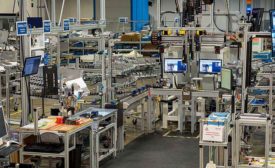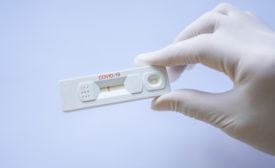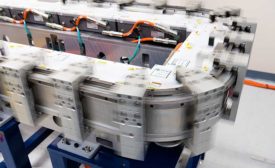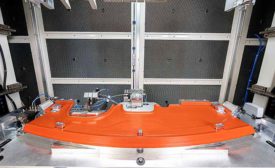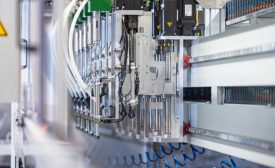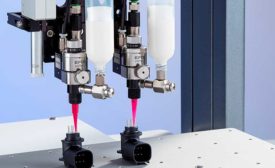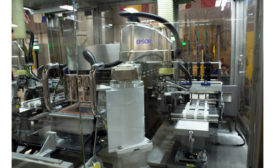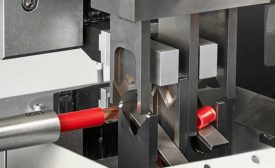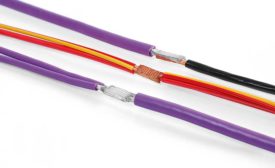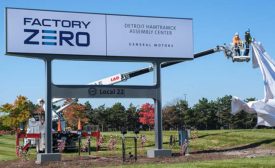Featured on Home Page
Motion Control Gets Smart
Today’s technologies for smart motion control range from a multifunction platform to digital twin simulation software.
February 9, 2021
Vibration Welding Adapts to Shifting Demands
Additive manufacturing, electric vehicles and packaging are new applications for vibration welders.
February 8, 2021
Automatic Screwdriving Opens Window to Productivity
A systems integrator, a motor manufacturer and a screwdriving supplier collaborate to increase productivity and quality at ROMA.
February 5, 2021
Dispensing Challenges and Solutions
Engineers from diverse industries weigh in on challenges they face when dispensing adhesives and other materials.
February 4, 2021
What’s New With Cut, Strip and Crimp Machines
These fully automated machines simultaneously process the ends of one or more different wires to optimize productivity
January 13, 2021
Reliable Bonding for Autonomous Driving
Ultrasonic welding is a fast, reliable method for attaching connectors to cables used in self-driving cars
January 12, 2021
Never miss the latest news and trends driving the manufacturing industry
Stay in the know on the latest assembly trends.
JOIN TODAY!Copyright ©2024. All Rights Reserved BNP Media.
Design, CMS, Hosting & Web Development :: ePublishing
